We’ve gathered the best examples we could find of reports, infographics, videos and other tools to help you understand and communicate the links between women’s empowerment and a more sustainable world.
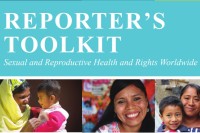
Reporter’s Toolkit on Sexual and Reproductive Health and Rights – Universal Access Project
In light of recent funding cuts to vital global family planning programs, the Universal Access Project has compiled this toolkit as a resource for background, current context, and areas of intersection with SRHR, or the landscape of universal sexual and reproductive health and rights. From the toolkit: “This toolkit provides background, context and resources for journalists writing about global SRHR and related topics. It includes an overview of key challenges and opportunities in ensuring comprehensive SRHR; a snapshot of the current U.S. political landscape with regards to SRHR; a summary of global commitments to SRHR and progress against those commitments; and in-depth information and additional resources on a variety of SRHR-relevant topics.”
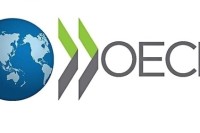
OECD’s revamped website on gender equality
In honor of International Women’s Day OECD is released a revamped website on gender equality. The new portal includes information on events, ongoing work and publications and presents key data and interactive gender-related charts on more than 80 indicators broadly grouped in the areas of Education, Employment, Entrepreneurship, Health and Development for comparison across OECD and non-OECD.
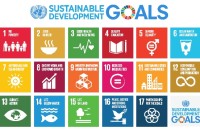
Linking Family Planning and Global Development
Family planning improves not only the health but the overall well-being of women and families around the world. With the adoption of the Sustainable Development Goals, the extensive ripple effect of family planning’s benefits across the various goals remains clear. Family planning has a strong ripple effect across all 17 Sustainable Development Goals
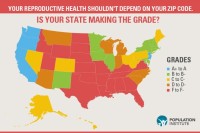
50 State Report Card on Reproductive Rights
While most Americans are aware of the national political debate over birth control and abortion, many are uninformed about the status of reproductive health and rights in their own state. In the interest of an informed public debate, the Population Institute released it’s 2015 50 State Report Card on Reproductive Health and Rights that gives
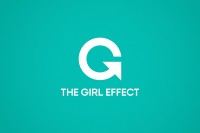
Family Planning For Girls: The Get-It-Right Checklist
“In summer 2012, donors, policy makers and implementing partners gathered at the London Summit on Family Planning. The outcome was FP2020 – a political and financial commitment to provide 120 million underserved girls and women with the opportunity to freely, reliably and safely use modern contraception by 2020. It was an ambitious goal. This checklist

Family Planning and the Path to Resilience
How can we make sure families are resilient to a future crisis? Empower women. Recent evidence suggests that when women do better socially and financially, and are empowered to make decisions, their families are less vulnerable in a crisis.2, 3 Women can then contribute more to building stronger communities, as well as helping their families and communities
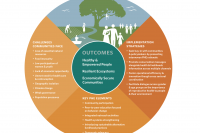
Building Resilient Communities: The PHE Way
Pathfinder International, Population Action International, and Sierra Club are pleased to release this brochure on how PHE contributes to the proposed Sustainable Development Goals! Check out the brochure here: Building Resilient Communities The PHE Way “The PHE approach improves access to sexual and repro- ductive health services in hard-to-reach and underserved areas, while empowering communities with the knowledge
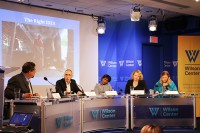
RECAP: Engaging Decisionmakers on Family Planning in the Post-2015 World
On July 15, the Population Reference Bureau (PRB) celebrated its IDEA—Informing Decision-makers to Act—Project’s first five years with a panel at the Wilson Center where key players in the project shared their successes and lessons learned with the family planning community. Here are some highlights from their talk: Three drivers of change to create





